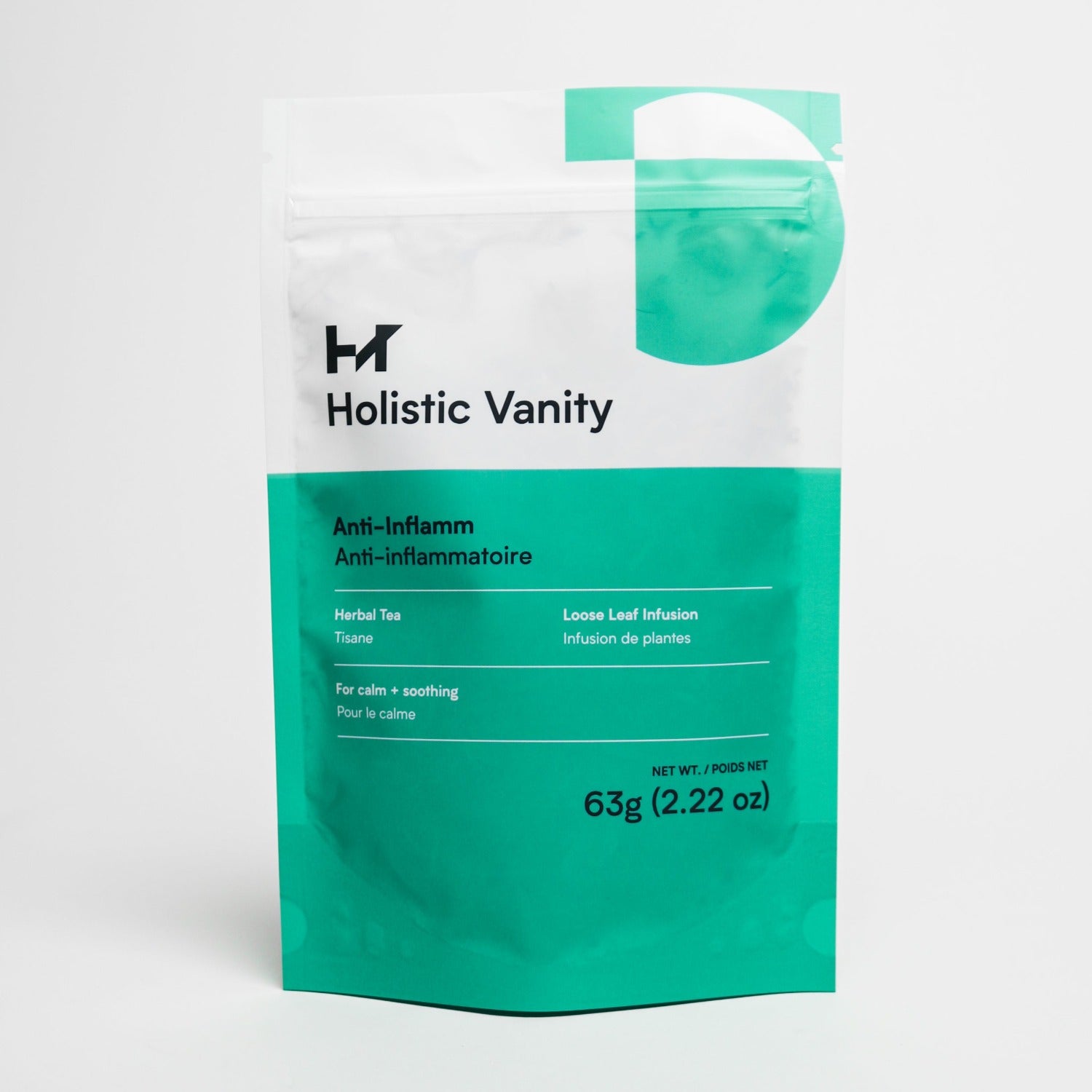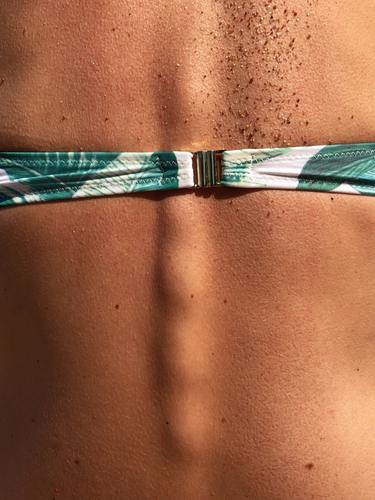In the beauty world, the importance of proper sun protection gets heavy rotation.
We all know that SPF is necessary to prevent skin irregularities, pigmentation, inflammation and free radical creation (re: signs of aging).
But what about after the damage is done?
Especially this time of year after the sun laden summertime. There are likely very few of us not affected by a little sun damage.
With skincare, it's always best to be proactive; the quicker we treat our skin, the more likely that it will repair properly.
So, here are four powerful sun damage-fighting ingredients that will help to restore and protect our skin against UV-induced trauma.
Let's get healing pronto!
Seabuckthorn Berry Oil
This is one of our favourite ingredients for healing damaged skin. This oil is rich in anti-oxidants and vitamins a, c and e, making it excellent for wound healing and slowing the rate of cell aging.
While it comes in seed-derived or berry-derived varieties, the berry oil contains a higher concentration of vitamin c than its seed-oil counterpart.
This yields a bright orange-coloured oil that can be used on its own as an over-night treatment or mixed with another oil for everyday use as a protective moisturizer.
Rosehip
Rosehip is the fruit of the rose plant and is known for its ability to repair scars, burns and pigmentation.
This is because rosehip contains high amounts of vitamin C, which helps to treat and diminish sunspots caused by UV-stimulated melanin-activity.
Rosehip can be used in liquid or oil form. Rosehip water is an extremely potent, undiluted hydrosol made by extracting the plant juices from the fruit (hips) of organic roses.
This makes a revitalizing toner or after-sun hydrating mist.
Applying rosehip oil is the most common way to use this ingredient and makes a skin softening moisturizer. This plant oil not only possesses the same pigmentation-treating properties as its hydrosol but also helps to smooth out skin texture and regenerate with its high fatty acid content.
Seaweed
Algae helps to increase hydration, treating premature signs of aging such as fine lines and wrinkles.
This is important when treating sun damage because excess UV exposure leads to the creation of free radicals, which damage skin cells leading to dehydration and wrinkle formation. But with this, specific seaweed types work better than others to prevent pigmentation.
Sea oak helps reduces the release of a key mediator of melanogenesis, and inhibits tyrosinase – the enzyme that triggers melanin production as well as actual melanin synthesis.
It also prevents inflammation and reduces elastin and collagen decline, helping to maintain the healthiness of the skin and guard against free radical damage.
Norwegian kelp is another seaweed that decreases irregular melanin production. It works by inhibiting UV-induced endothelins that bind to melanocyte receptors stimulating melanin production.
This is why we put these seaweeds into our Damage Care Hyaluronic Lotion.
Hyaluronic Acid
Hyaluronic Acid (HA) is the hottest ingred right now...and for good reason.
It is a substance found naturally in the skin tissue, providing cushioning and moisture. While the word "acid" sounds daunting, there is not burning or peeling involved.
HA is excellent for improving skin health and encouraging tissue-repair.
It bolsters skin hydration with its ability to retain up to one thousand times its own weight in water (how impressive is that?) and, because our tissue needs hydration in order to heal, it helps with skin restoration, rejuvenation and anti-aging.
So, this post-summer season - let's give our skin some TLC and repair some of the damage acquired from our fun in the sun.
Image by Kristaps Grundsteins via Unsplash


